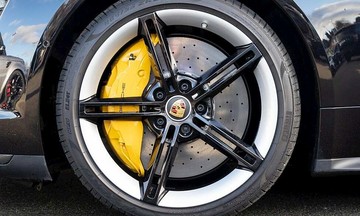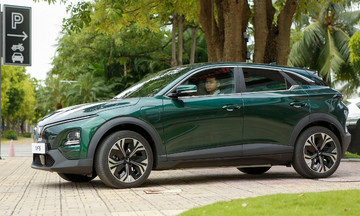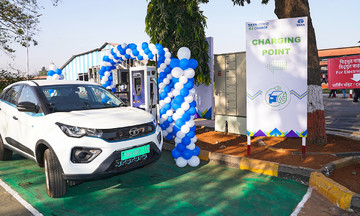Electric scooters are becoming a popular personal transportation option in Vietnam, especially in large cities, due to their low operating costs and the shift towards green vehicles. Consequently, charging these vehicles at home requires users to be familiar with new electrical safety practices not relevant to gasoline-powered vehicles. Here are some safety tips to prevent fires and explosions when charging electric scooters at home.
Direct charging
Currently, the most common charging method for electric scooters is plugging directly into a household outlet via a cable connected to the scooter. This method is simple, convenient, and suitable for most users, especially in residential areas and townhouses with designated parking spaces. Most chargers have indicator lights: red indicates charging, and green indicates a full charge.
With this method, ensure the electrical outlet is secure, not exposed, cracked, or loose. Minimize the use of extension cords, but if necessary, choose a thick gauge wire that can handle the current load (consult the authorized dealer for appropriate specifications, typically around 2 mm2 is sufficient). The charging area should be well-ventilated with good airflow and protected from the elements (sun and rain).
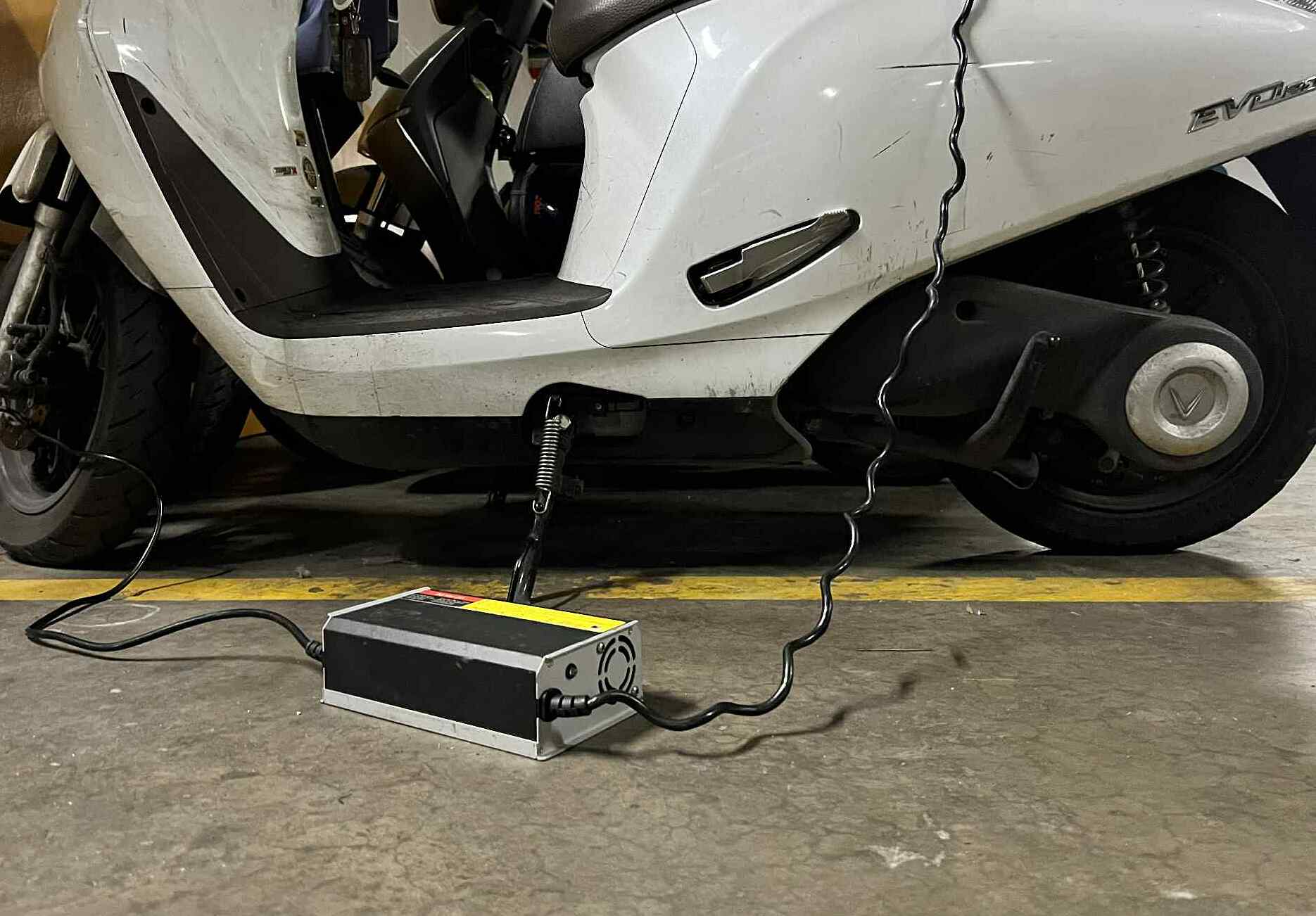 |
Charging adapter of the VinFast Evo200 electric scooter; the circular slots are for ventilation. Photo: Pham Hai |
Charging adapter of the VinFast Evo200 electric scooter; the circular slots are for ventilation. Photo: Pham Hai
Use the original charger supplied with the scooter. Do not use chargers from other vehicles, even if the connectors appear compatible. Different battery types (lead-acid, lithium-ion, LFP) have different voltage and current requirements. Using the wrong charger can damage the battery, cause swelling, or worse, lead to a fire.
Direct charging from a household outlet is common, but owners must exercise caution to ensure safety and preserve the lifespan of both the battery and the scooter. Avoid using non-genuine chargers or chargers from other vehicles, even with matching connectors. Each battery type (lead-acid, lithium-ion, LFP) has unique voltage and current requirements. Using an incompatible charger can degrade the battery, cause it to swell, or create a fire hazard.
Many owners mistakenly place the charging adapter upright or against a wall, blocking the airflow for the internal cooling fan. Some electric scooter chargers have built-in fans to cool components during operation. Obstructing these vents can increase internal temperatures, leading to overheating, fan failure, accelerated component wear, or even fire. Therefore, when charging, place the adapter horizontally on a clear surface, avoid covering the vents, and inspect it regularly for unusual signs like loud fan noise, rapid heating, or a burning smell.
Use a dedicated outlet for charging electric scooters. Avoid plugging multiple scooters or high-power appliances into the same outlet as the scooter. Overloading the circuit can cause a fire.
Removable battery charging
Some electric scooter models allow for removable battery charging, providing more flexibility as owners can bring the battery indoors without running cables to the scooter. Observe the following safety guidelines when charging removable batteries.
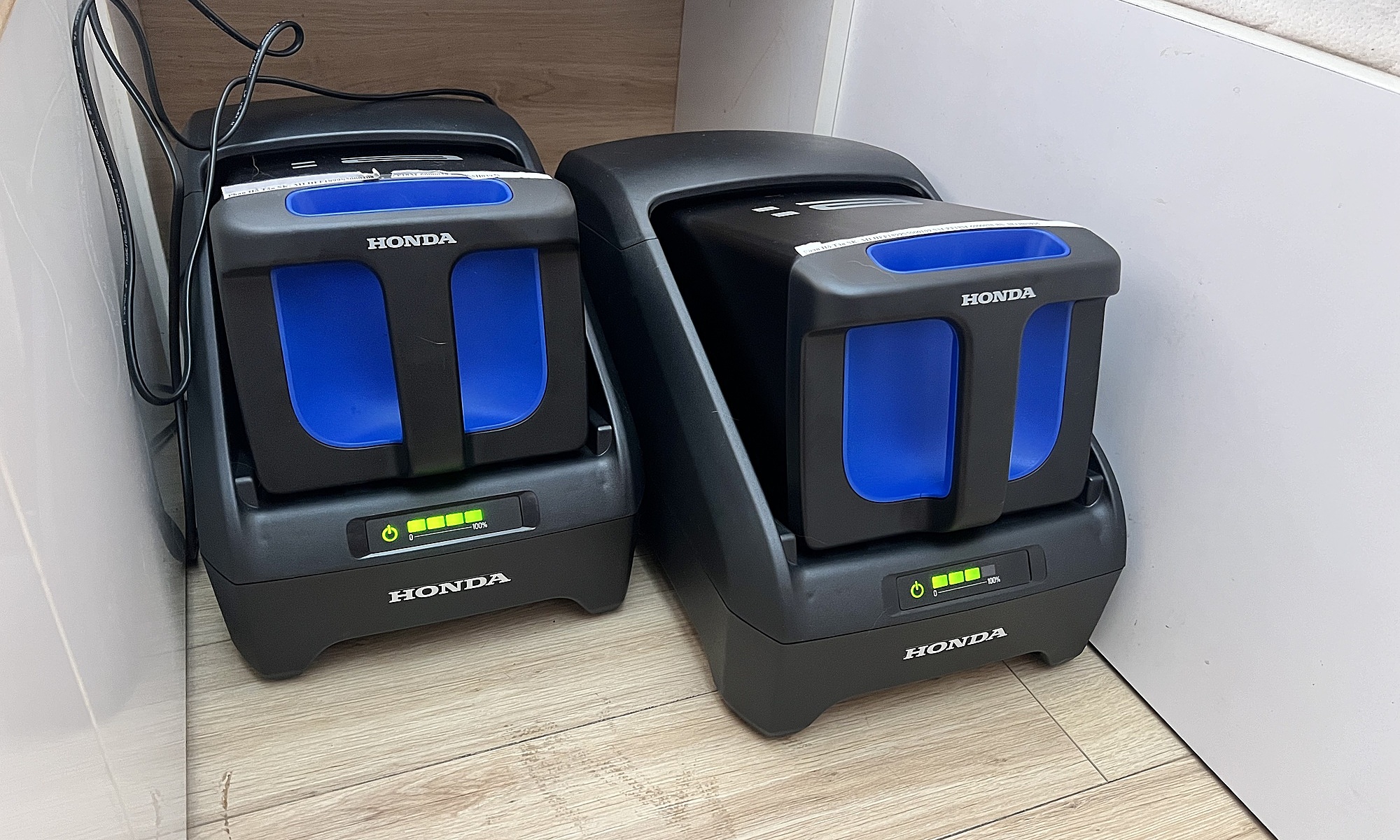 |
Removable battery charging for the Honda CUV e: electric scooter. Photo: Pham Hai |
Removable battery charging for the Honda CUV e: electric scooter. Photo: Pham Hai
Charge batteries in a well-ventilated area, avoiding enclosed spaces like cabinets, under stairs, or near flammable materials. As with direct charging, use the correct charger supplied with the battery and avoid using chargers from other battery types, even if the connectors seem compatible.
Before charging, inspect the battery. If there are signs of swelling, leakage, or unusual odors, do not charge it and have it checked at an authorized dealer as soon as possible. Ideally, someone should periodically monitor the charging process to detect any abnormalities.
Similar to direct charging, avoid plugging the charger into the same outlet as other high-power appliances to prevent overloading. Always use the correct gauge wire for the equipment.
Pham Hai








